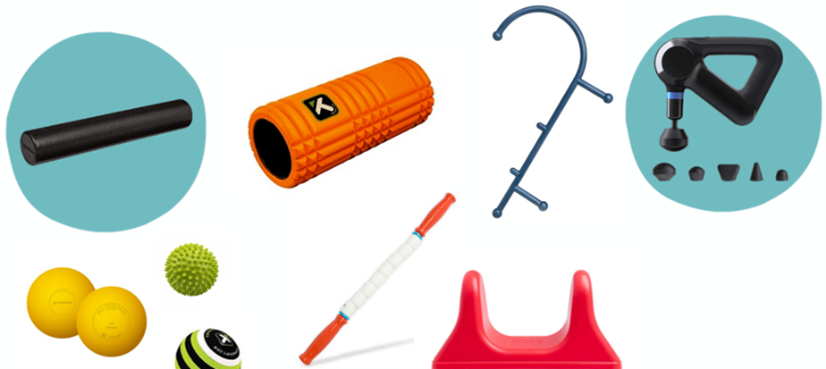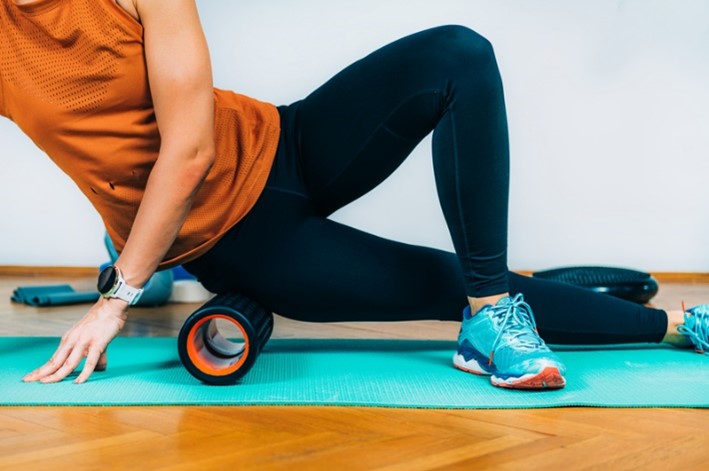Do your muscles feel stiff, sore, tight or restricted? Do you want your body to move optimally in a full range of motion? Do you want to get the most out of your workouts?
If you answered yes to any of the questions above, then self-myofascial release (SMR) is for you! Keep reading to learn why SMR is important and how you can integrate it into your weekly routine.
What Is SMR?
Self-myofascial release is a technique that applies pressure to tight, restricted areas of fascia and underlying muscle tissue to relieve tension, break up adhesions, increase blood flow, improve flexibility and restore your body’s optimal range of motion.
What Is Fascia?
Fascia is the connective tissue covering your body from head to toe. Think of it like a spider web. The fascial network sits below the skin and wraps around every muscle, bone, nerve and organ. It separates muscles from one another and provides a gel-like substance, allowing muscles to move smoothly against each other.
Fascia can be damaged or restricted by repetitive stress, overuse, trauma, poor posture or even a lack of movement. If fascia is restricted, your movements become inhibited, muscle imbalances can occur and you may experience pain and inflammation. This is why SMR is so important.
When Can I Use SMR?
SMR can be used as part of your warmup or cooldown, or it can be the focus of a recovery day. Regardless of when you use it, utilizing SMR on a regular basis can keep your body in pre-hab and help you perform at your best.
SMR Tools
There are many SMR tools available. Before choosing one, you’ll want to consider where on the body you’ll be using the tool. Will you need it to be versatile for many larger areas (foam roller), or are you trying to pinpoint a specific, small area (massage ball)?
The tools feature different textures/densities depending on your preference. It doesn’t hurt to have more than one option available if your budget allows. Below is a list of common SMR tools:

- Foam roller
- Massage stick
- Massage ball
- Massage guns
- Thera-cane
- Pso-rite
Guidelines
Aim to spend at least 30-90 seconds on each targeted area. You may feel some discomfort, but you should not feel any extreme pain. Make sure to continue breathing normally. Avoid foam rolling or using other SMR techniques on any open wounds, fractures, blood clots, bursitis or recent injuries. When in doubt, ask your physician first.
Try It!
If you’re all in on giving SMR a go, grab a foam roller and hit all angles of your calves, hamstrings, glutes, quads, lats, and mid to upper back. Aim to spend about 30 seconds on each area.
Need more guidance?
- Grab your foam roller and follow along with this on-demand full body foam roll routine.
- Join Slainte’s 30-minute Stretch and Roll class every Thursday morning at 7:15 a.m. ET via Zoom (Password: SLAINTE). During the class, we complete 15-20 minutes of full-body foam rolling followed by gentle stretching.
By: Megan Petriello


Most Commented